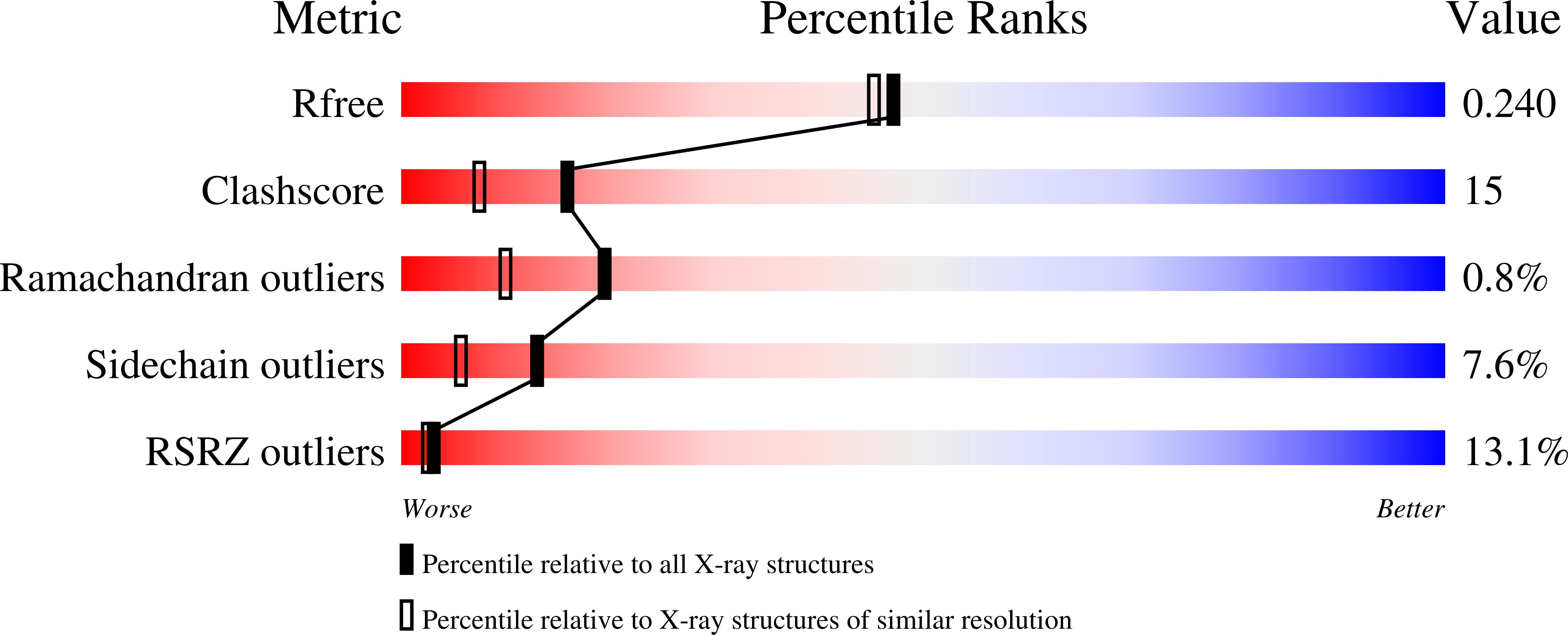
Deposition Date
2008-11-26
Release Date
2009-01-20
Last Version Date
2023-09-06
Entry Detail
PDB ID:
3FDS
Keywords:
Title:
Structural insight into recruitment of translesion DNA polymerase Dpo4 to sliding clamp PCNA
Biological Source:
Source Organism:
Sulfolobus solfataricus (Taxon ID: 2287)
Host Organism:
Method Details:
Experimental Method:
Resolution:
2.05 Å
R-Value Free:
0.24
R-Value Work:
0.19
R-Value Observed:
0.19
Space Group:
P 1 21 1


